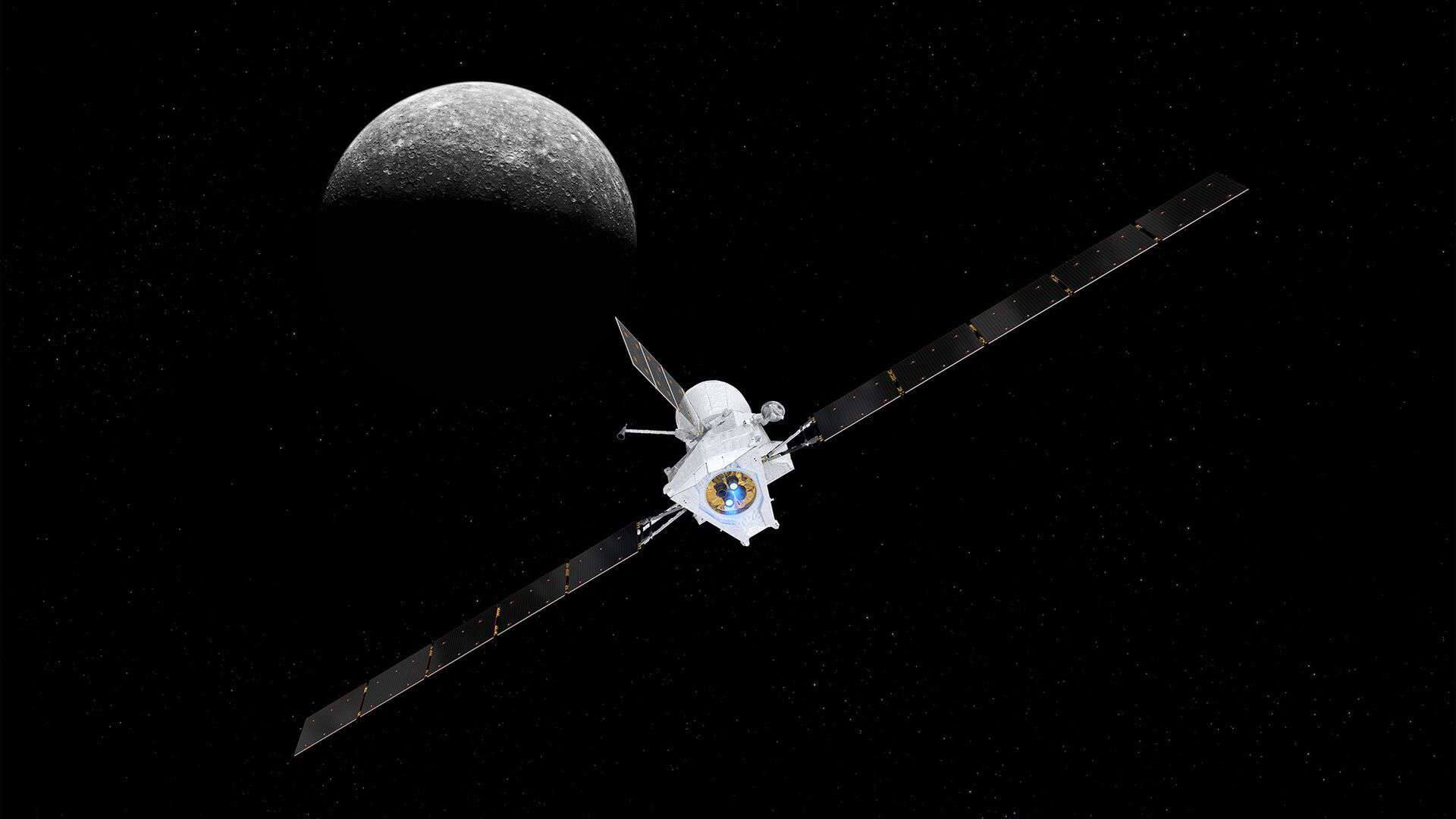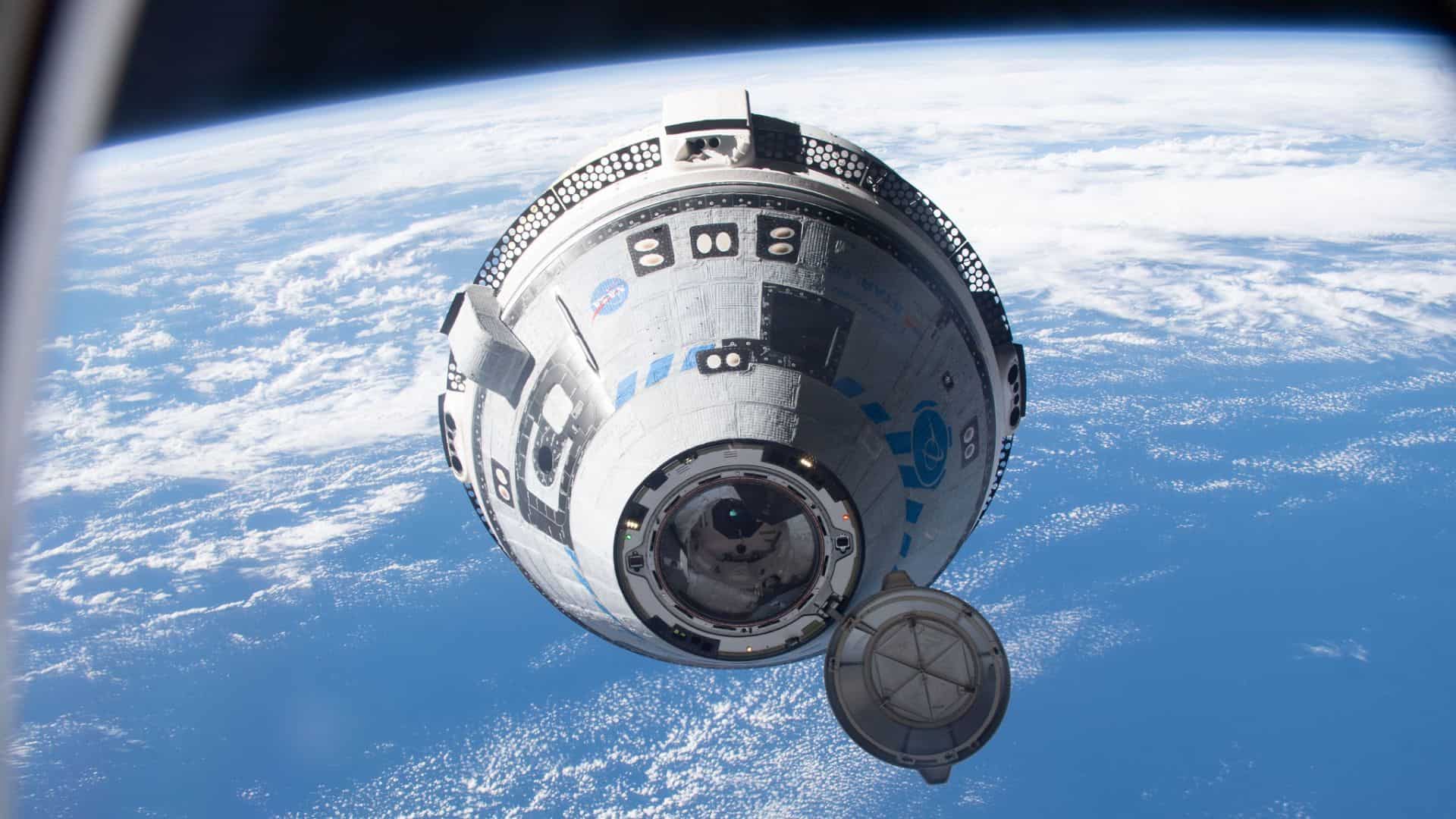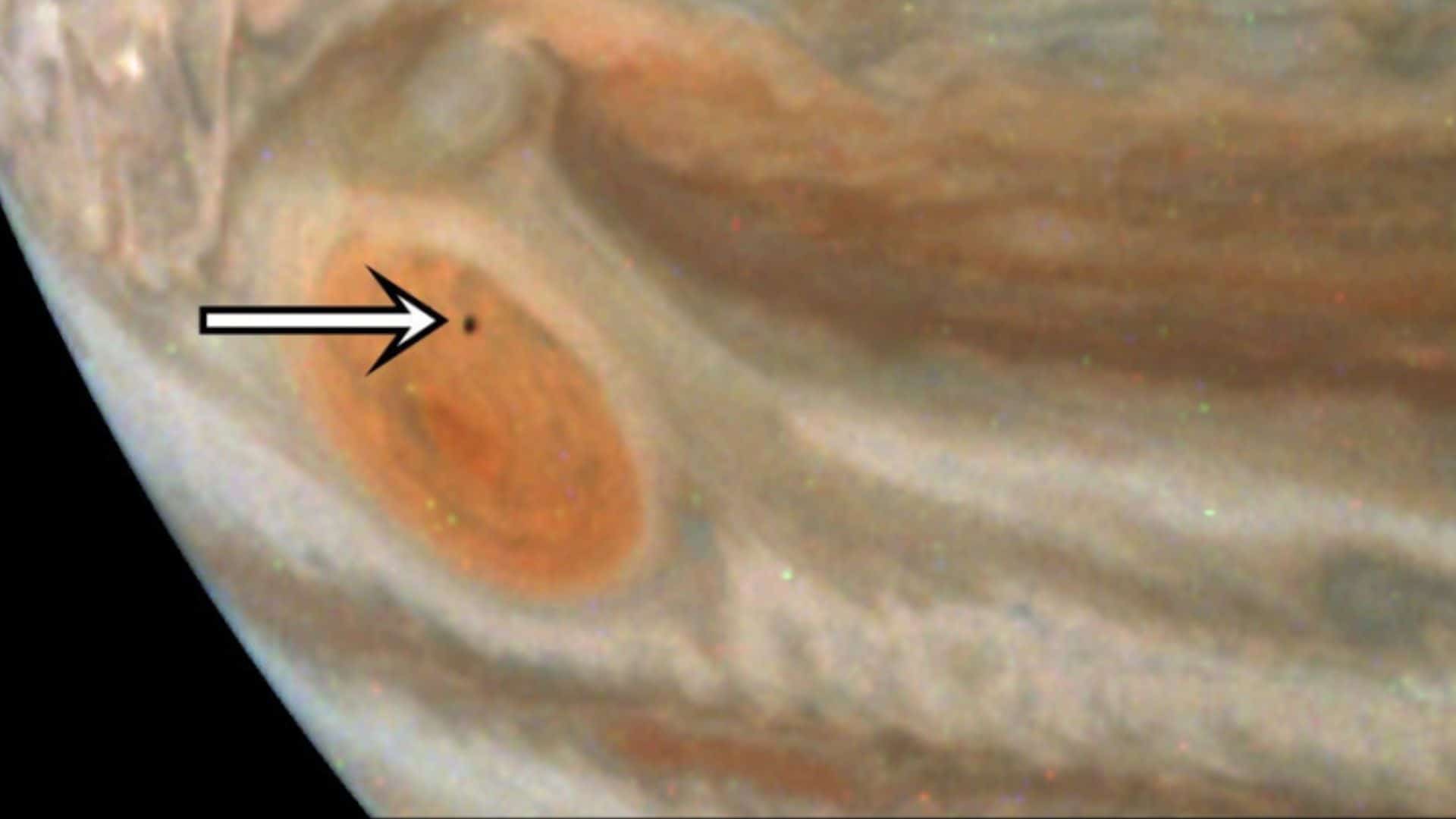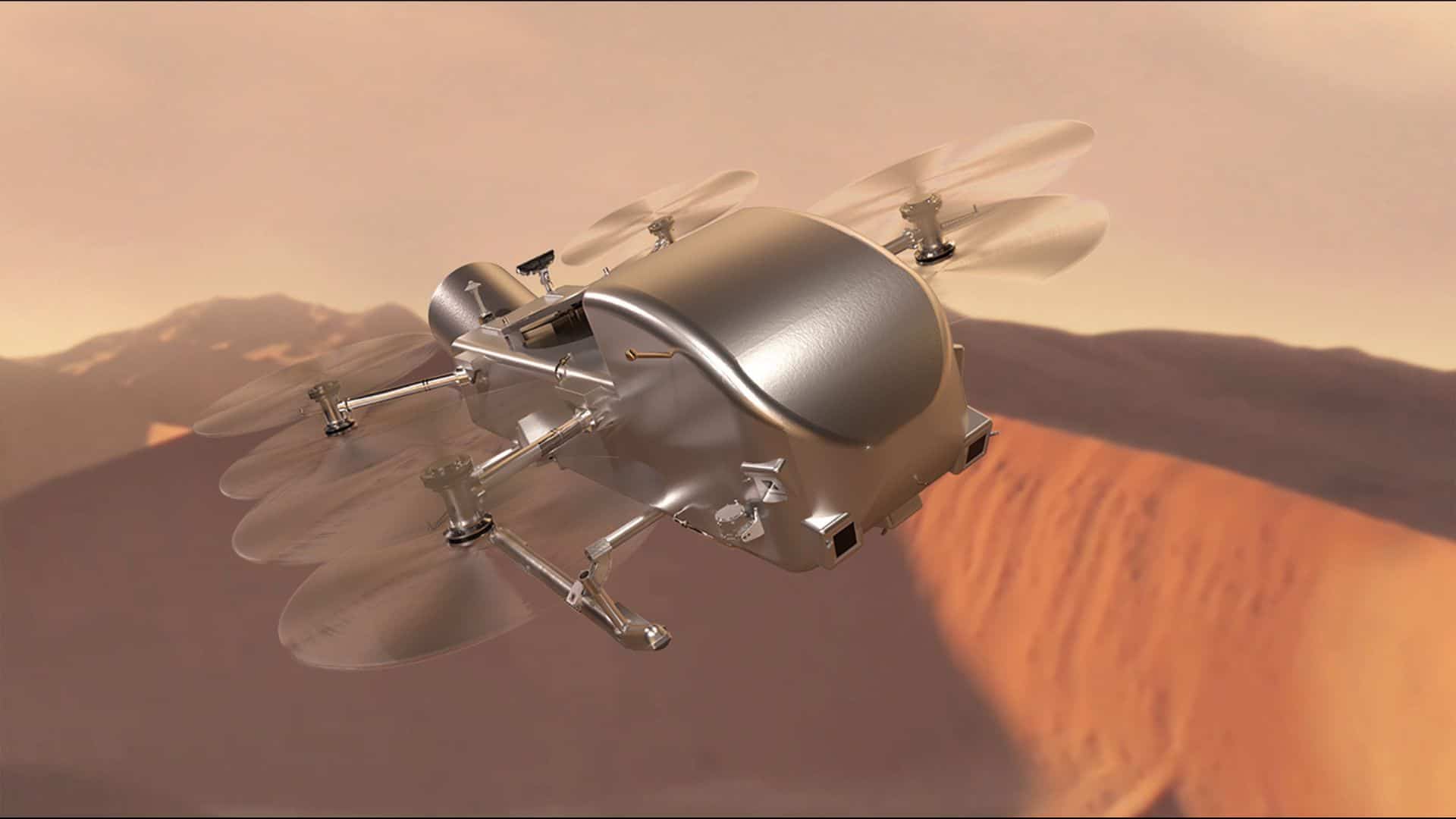The 2.6 tons of abandoned EP-9 battery pallet from the International Space Station (ISS) re-entered into the Earth’s atmosphere at 19:29 UTC (2:29 p.m. EST) on Friday, March 8, 2024, over the Gulf of Mexico between Cancun and Cuba, according to the statement of Jonathan Christopher McDowell, an astronomer and astrophysicist at the Harvard–Smithsonian Center for Astrophysics, who was tracking the pallet.
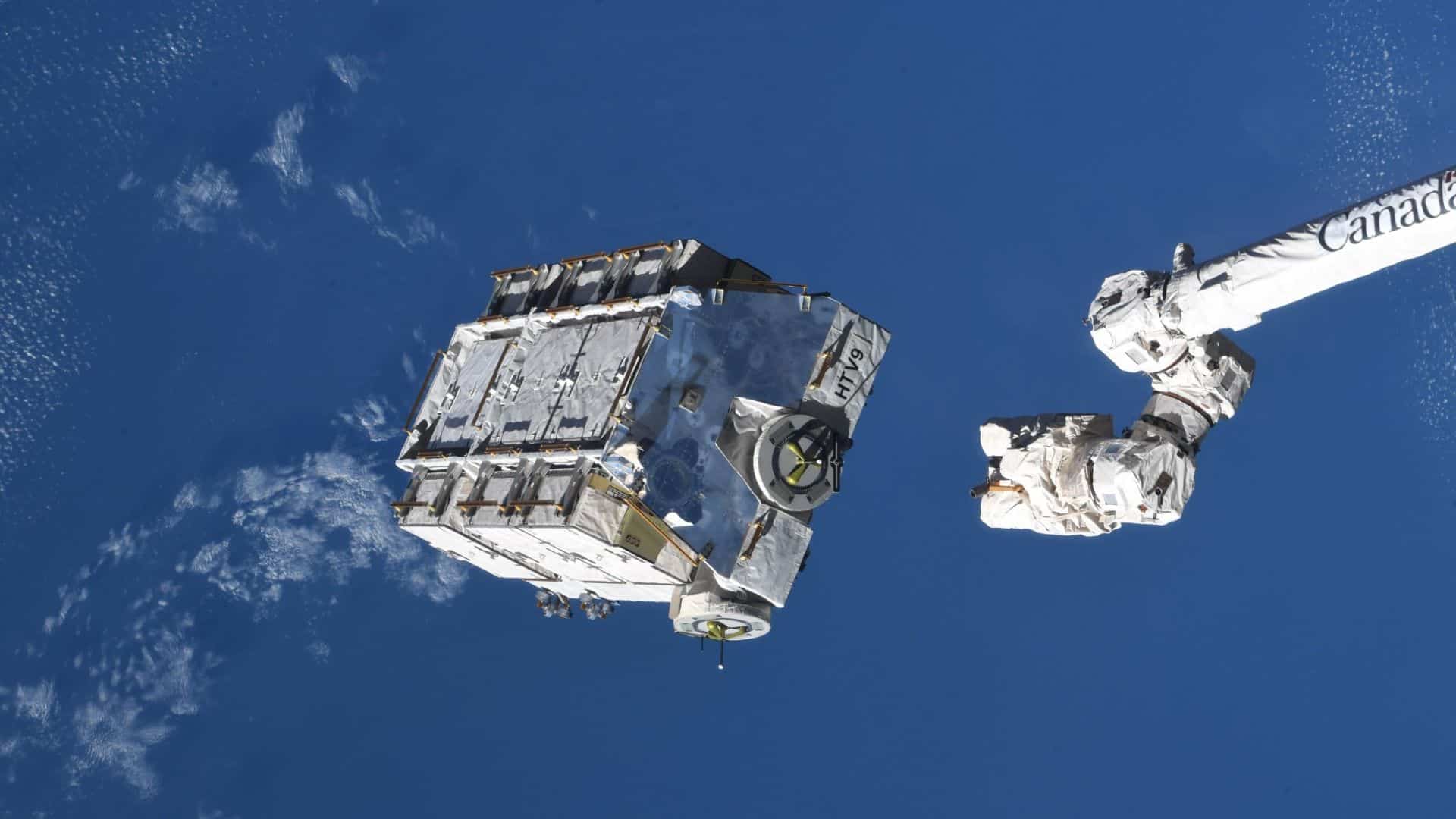
Before reentry, he also said, “It will not totally burn up on reentry – about half a ton of fragments will likely hit the Earth’s surface.”
ESA (European Space Agency) predicted the reentry would occur at 19:19 UTC over the South Pacific (marked red). However it happened on the predicted path but at 19:29 UTC over the Gulf of Mexico between Cancun and Cuba.
It was impossible to predict exactly when and where the EP-9 battery pallet would hit the Earth, as the reentry of this space junk is uncontrolled or natural.
Before reentry, ESA’s space debris office said in a statement:
“The reentry will occur between -51.6 degrees South and 51.6 degrees North. Large uncertainties, primarily driven by fluctuating levels of atmospheric drag, prevent more precise predictions at this time. The closer we get to the expected reentry window, the better the concerned region can be geographically constrained.”
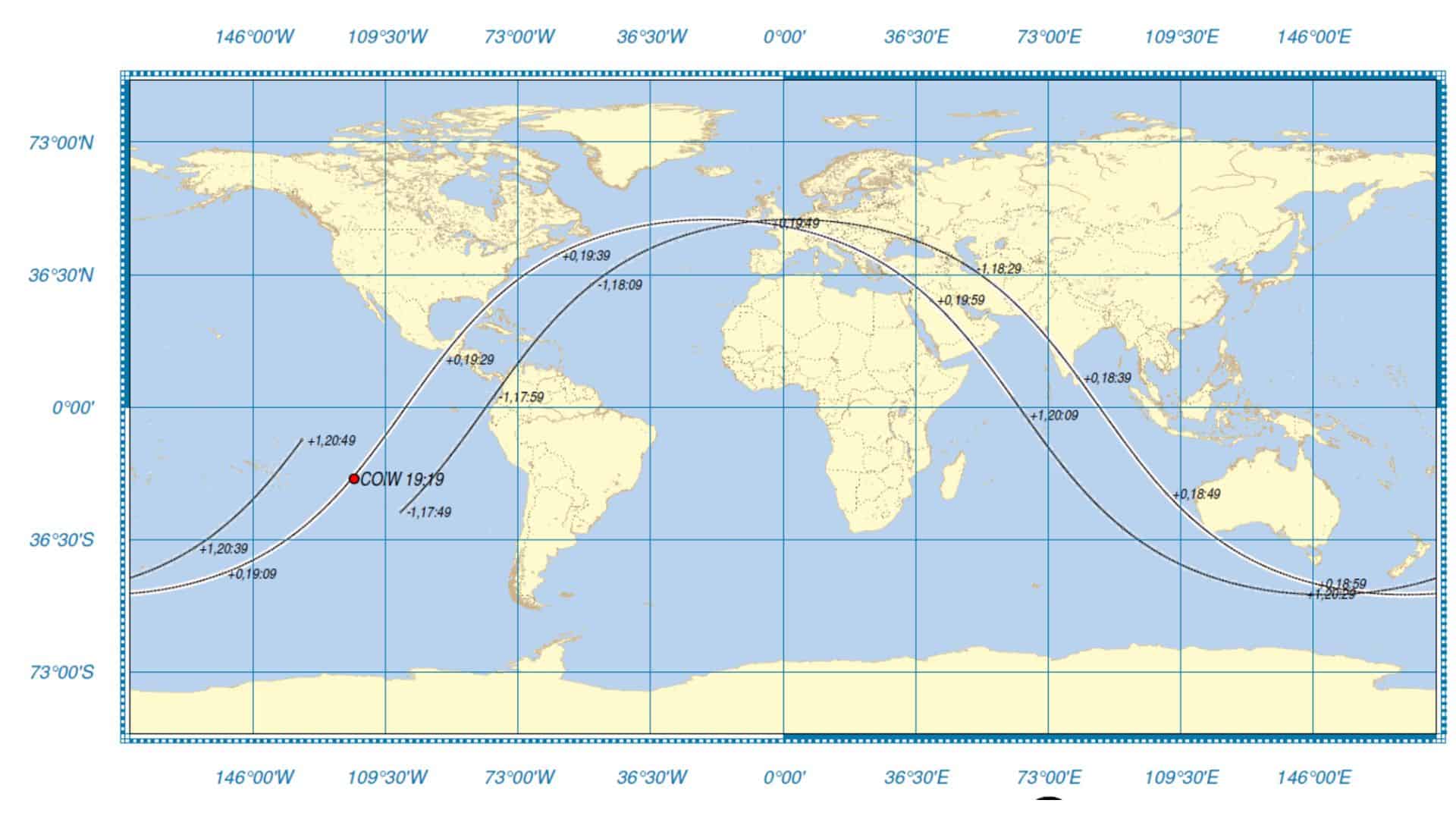
Marco Langbroek captured the ISS EP-9 battery pallet on March 7, 2024, from Leiden, the Netherlands, before atmospheric reentry.
The space junk of the EP-9 battery pallet was jettisoned from the International Space Station in March 2021, and about three years later, it has re-entered into the Earth’s atmosphere on March 8, 2024.
A Japanese cargo spacecraft HTV-9 (Kounotori 9) carried this EP-9 battery pallet to the International Space Station on May 20, 2020.
At that time, the existing ISS nickel-hydrogen batteries were replaced with six lithium-ion batteries carried by the EP-9 battery pallet.
Later, these abandoned nickel-hydrogen batteries were loaded into the EP-9 battery pallet and dropped by the space station’s Canadarm-2 robotic arm in March 2021.
Related article: ESA’s dead satellite ERS-2 crashes over the North Pacific Ocean
Please follow us on Facebook and Twitter to get latest space news, upcoming skywatching events and astronomy-related content.
